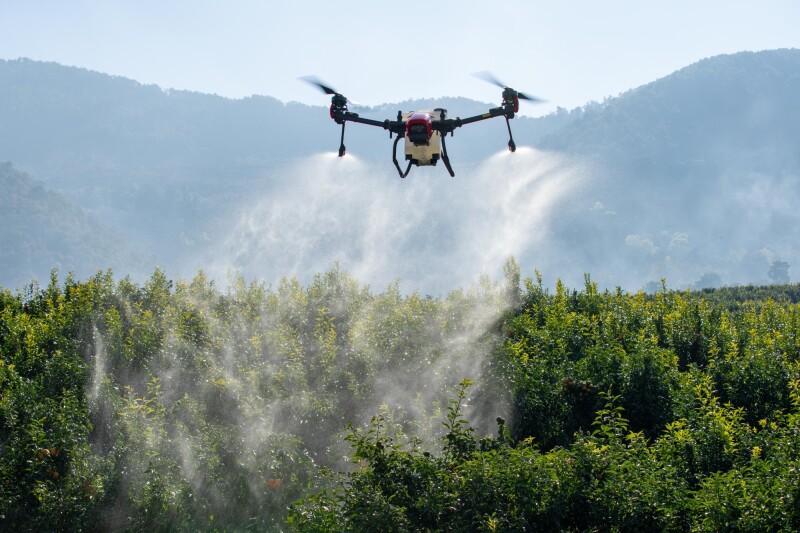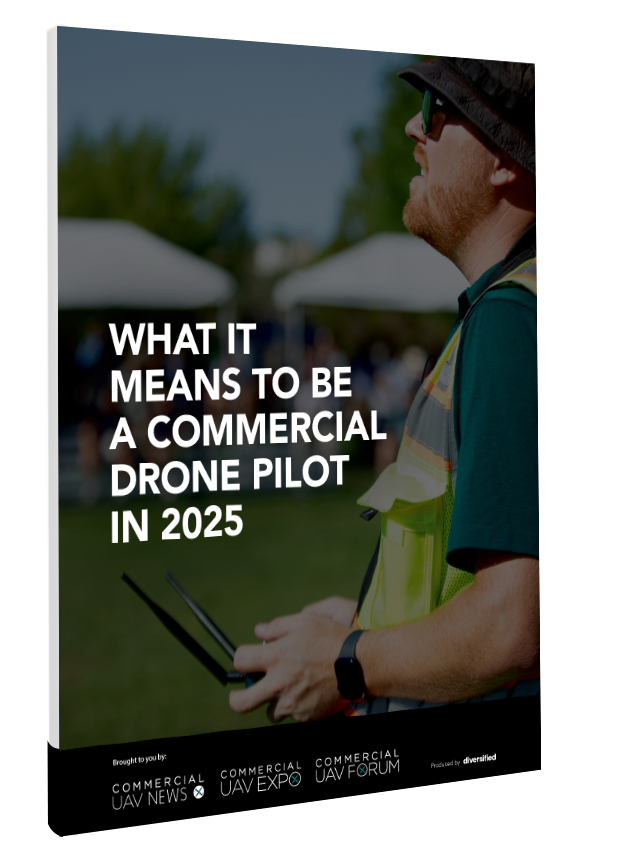The recently released survey, "Crop Spraying Drones Market - Forecasts from 2023 to 2028" from Research and Markets,” stated that the crop spraying drone market is currently strong and well poised for future expansion. In 2021, the report said, the market was worth $1.39 billion. Growing at a compound annual rate of 35.79% over the next few years, the crop spraying drone sector is set to reach a total size of $11.9 billion by 2028.
Considering the many successful use cases for using crop spraying drones, the growth in the market is not surprising
As an article on Farm Journal put it, “(D)rone-driven sprayers are popping up across the country as better batteries, longer flight times and bigger machines make it possible to spray sizable acreage in a timely manner.” Also, a post by Samli Drones said that “(T)he introduction of spraying drones allowed for particular and controlled application of pesticides, herbicides, and fertilizers,” and “(T)his decreased chemical utilization, minimized environmental impact, and elevated the performance of crop treatment.”
Moreover, a piece in the digital magazine Undark stated that drones “are far quicker at chemical spraying, adaptable to a wide range of farm duties, and can aid with water conservation. But above all, they are praised for cost-efficiency.” And, the article said, “drones can do a lot more than spray chemicals. Some can analyze the terrain for weeds, check moisture levels, assess for signs of pest infestation, suggest field planning, determine crop health, and even create a nutrient map of the growing harvest.”
Last year, drone and precision agriculture expert Daniel Candro told Commercial UAV News that farming operations are turning to uncrewed systems because of their ability to produce “remarkable improvements in production, efficiency, and revenue within the agricultural cycle.” He believes that crop spraying drones and related technologies will continue to produce value for agricultural operations because the integration “of precision agriculture, AI, and drone technology has the potential to revolutionize the sector, providing farmers and communities with actionable information for effective land and crop management.”
The Research and Markets report expands on these ideas, stating that “(T)he crop spraying drones market is experiencing growth driven by rising awareness regarding the detrimental effects of pesticides on the environment and human well-being is a key factor fueling the need for crop spraying drones.” Moreover, the economic value of these systems is measurable and significant: The report cites statistics from the American Farm Bureau Federation claiming that “the average U.S. farmer employing drones experiences a return on investment of $12 USD per acre for corn and $2 to $3 per acre for soybeans and wheat.”
Further aiding the growth, the report stated, are government efforts to encourage drone use on farms. The report points to the FAA awarding of some $4.4 million to seven universities for research, education, and drone training as just one example of a government program aimed at increased drone use in agriculture.
In recent months, this drive to increase the use of drones for crop spraying has been reinforced by several news reports. For example, Rantizo, an Iowa-based manufacturer and provider of drone crop spraying systems, announced last fall that it has received $6 million in Series A funding. With this investment, Rantizo plans to expand its spray drone services and nationwide operator network.
Similarly, Massachusetts-based Guardian Agriculture announced in December of last year that it had deployed four of its aviation-grade eVTOL aircraft for crop spraying in California. These vehicles, according to a report in Dronelife, “offer a more efficient, sustainable, and safe alternative to traditional crop-dusting methods or ground-based equipment” and are “capable of covering up to 60 acres per hour, carrying a 200lb payload, and boasting a combined tank fill and supercharge time of less than 1 minute.”
We can expect more and more of these success stories in the months and years to come as the agriculture sector continues to embrace the use of crop spraying drones and finds new and better ways to deploy the technology.















Comments